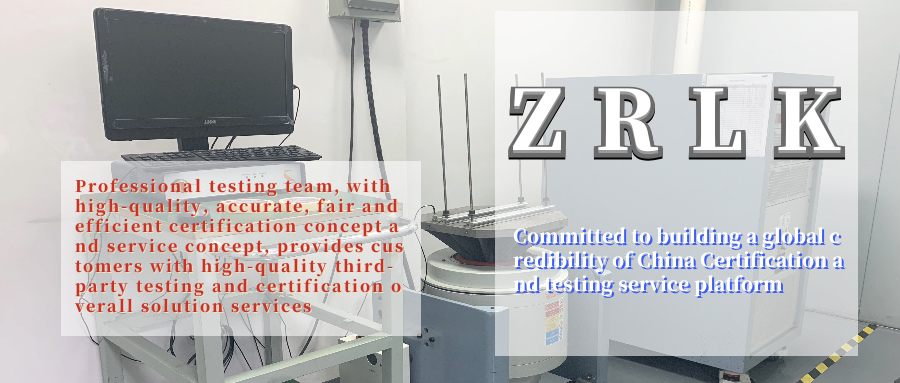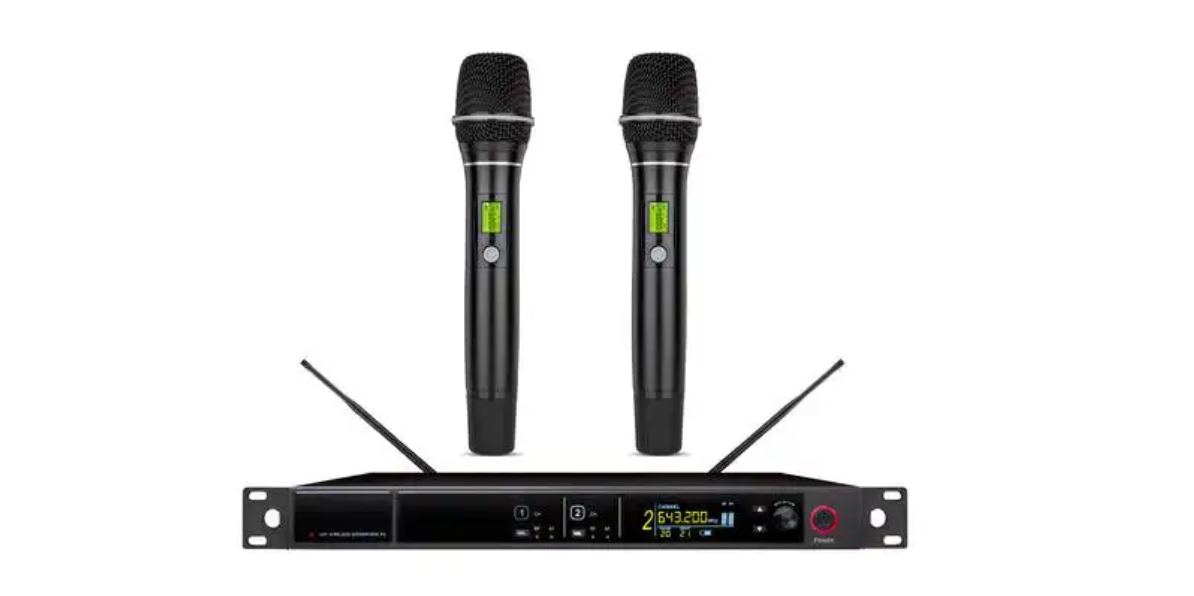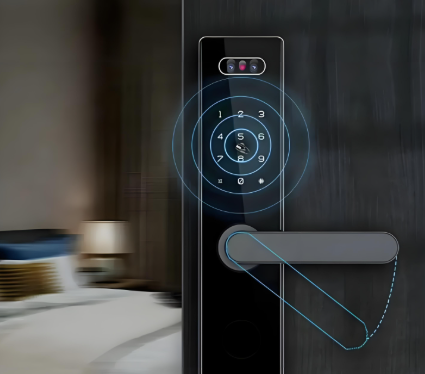
Project Introduction
Contact resistance is the resistance of a current flowing through a closed contact point in time. This type of measurement is performed on components such as connectors, relays, and switches. The contact resistance test can understand the connection quality of the line and its conductive characteristics, to avoid dangerous overheating of the contacts.
Contact resistance formation principle
Observe the surface of the connector contact under the microscope. Although the gold layer is very smooth, you can still observe the convex part of 5-10 microns. It will be seen that the contact of the pair of mated contact pieces is not the contact of the entire contact surface, but the contact scattered at some points on the contact surface. The actual contact surface must be smaller than the theoretical contact surface. Depending on the smoothness of the surface and the size of the contact pressure, the gap between the two can be several thousand times.
The actual contact surface can be divided into two parts: one is the real metal-to-metal direct contact part. That is, the contact microdots without transition resistance between metals, also known as contact spots, are formed after the interface film is destroyed by contact pressure or heat. This part accounts for about 5-10% of the actual contact area. The second is the part that contacts each other after contaminating the film through the contact interface. Because any metal has a tendency to return to the original oxide state.
In fact, there is no truly clean metal surface in the atmosphere. Even if a very clean metal surface is exposed to the atmosphere, it will quickly form an initial oxide film of a few microns. For example, copper takes only 2-3 minutes, nickel takes about 30 minutes, and aluminum takes only 2-3 seconds to form an oxide film with a thickness of about 2 microns. Even the particularly stable precious metal gold, due to its high surface energy, will form an organic gas adsorption film on its surface. In addition, dust and the like in the atmosphere also form a deposited film on the surface of the contact. Therefore, from the microscopic analysis, any contact surface is a contaminated surface.
Factors affecting contact resistance
1. Contact form
2. Contact pressure
3. The finish of the contact surface
4. Stability of contact resistance in long-term work
5. Temperature
6. Material properties
7. Use voltage and current
Testing requirements
1. Test with 300V insulation resistance meter.
2. The contact resistance of the tested product should be less than 1Q.
3. The test product must be above 5PCS.
Test description
1. Qualified contact resistance test does not mean reliable contact. The test proves that it is only used to check whether the static contact resistance is qualified, and it cannot guarantee the reliable use of the contact in a dynamic environment.
2. The contact resistance is mainly affected by factors such as contact materials and surface conditions.

SRRC certification is one of the necessary conditions for products to enter the Chinese market for sale. It ensures that the wireless transmission characteristics of the wireless camera comply with national standards, avoiding communication problems caused by radio interference and ensuring the legality and compliance of the product.

FCC certification is a mandatory requirement for wireless device certification in the US market. Through FCC ID certification, wireless microphones can prove their compliance with US radio transmission standards, avoiding market bans or fines for violations. This is particularly important for products that hope to be sold in the US market.

KC certification ensures that products comply with relevant laws, regulations, and safety standards in South Korea, and is a necessary condition for smart door lock products to enter the South Korean market. KC certification covers wireless radio frequency, electromagnetic compatibility, and electromagnetic exposure. Strict testing and evaluation are required to obtain KC certification before products can be legally sold in the Korean market and gain consumer trust.
Contact resistance is the resistance of a current flowing through a closed contact point in time. This type of measurement is performed on components such as connectors, relays, and switches. The contact resistance test can understand the connection quality of the line and its conductive characteristics, to avoid dangerous overheating of the contacts.
Get a quote